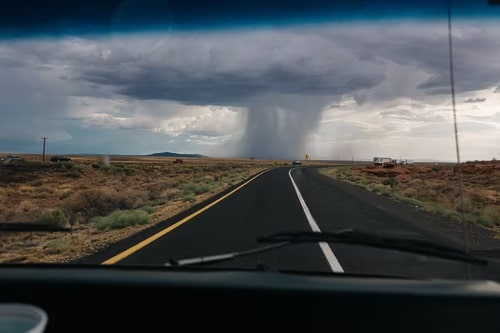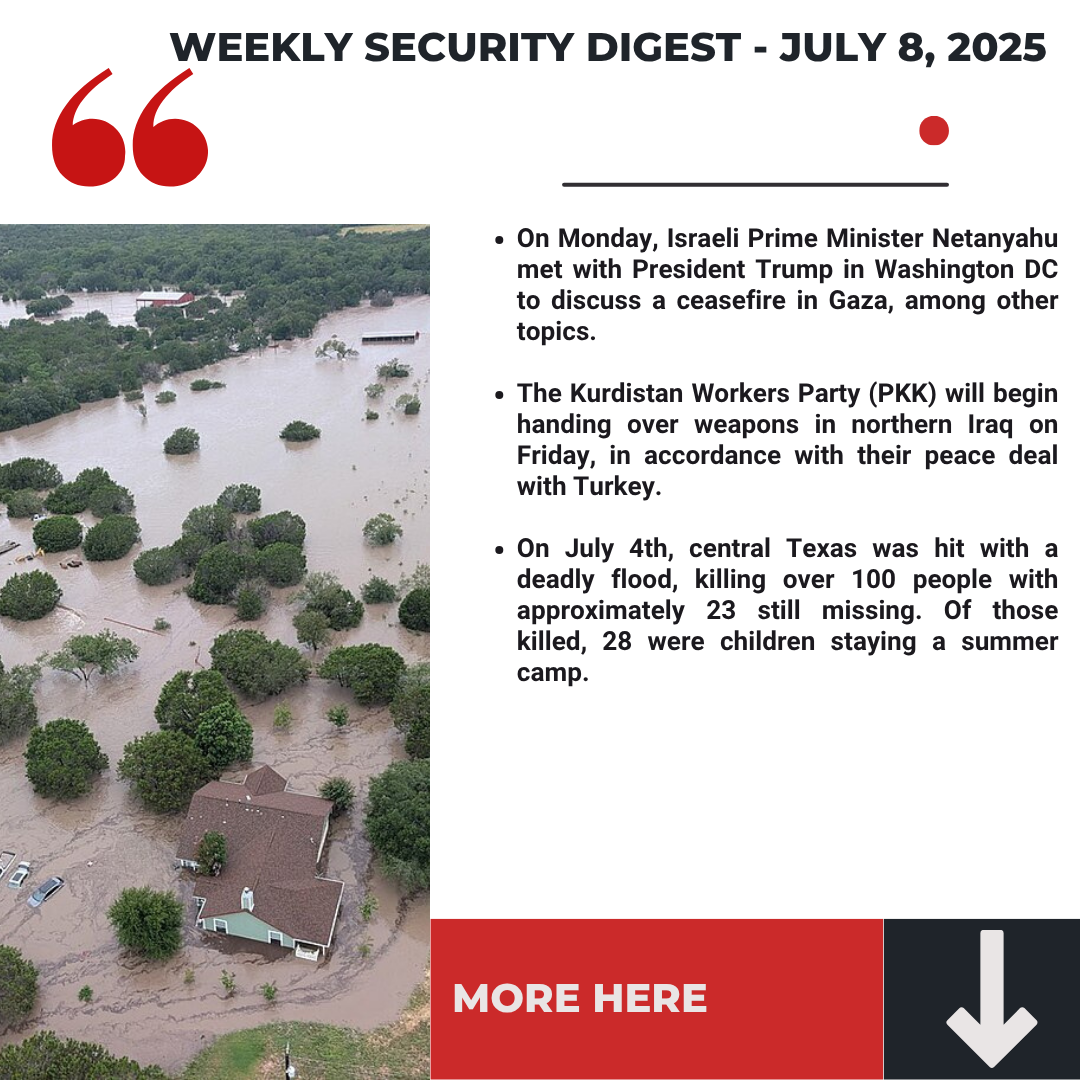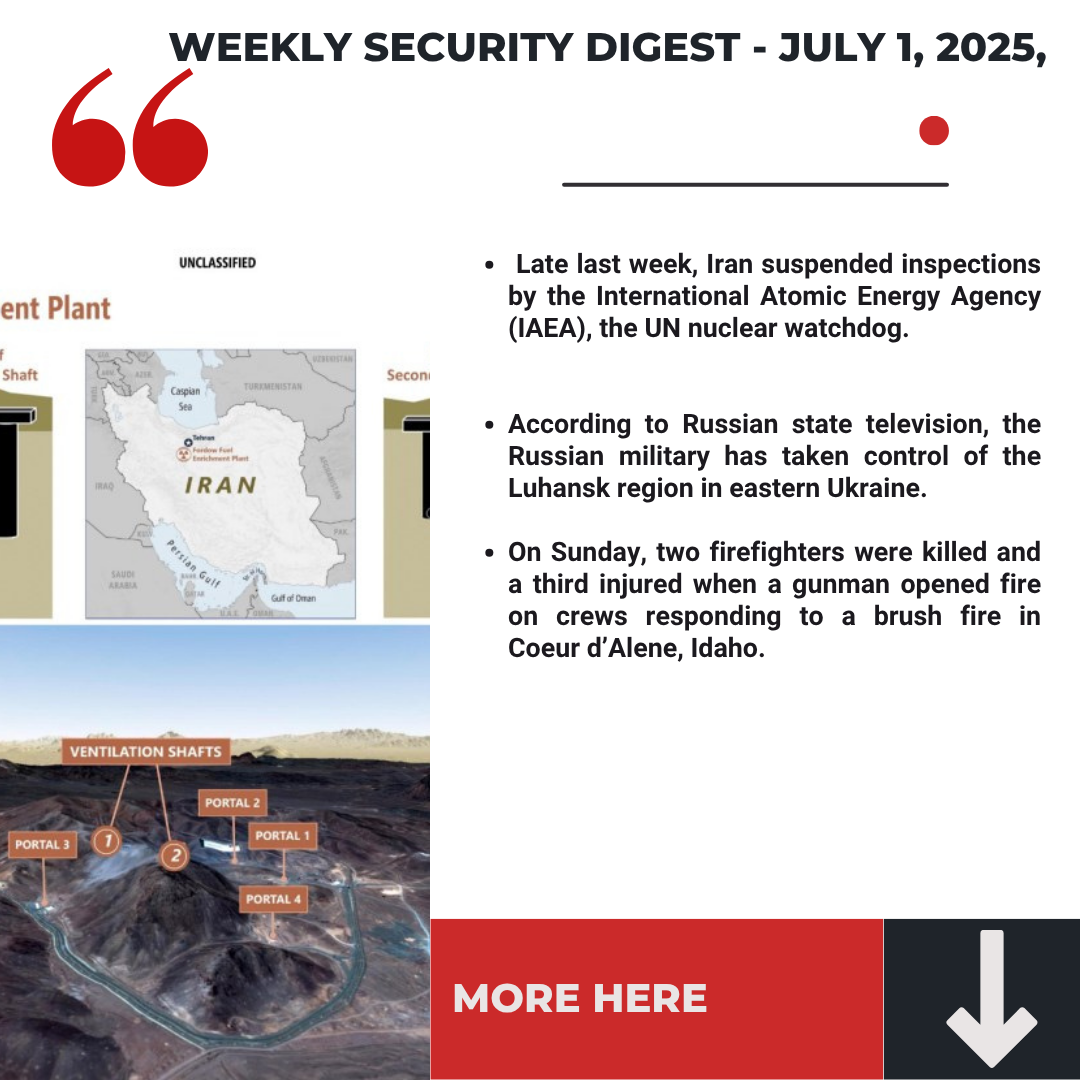Are You Ready for the Next Natural Disaster?
The tornadoes that ravaged Kentucky and several other Western and Southern states have thrown into sharp relief the need for functional safety protocols. While there is only so much humans can do against terrifying forces of nature, certain precautions that can minimize the damage.
Pay Attention to Warnings
The first warning in Kentucky came from the National Weather Service in Paducah at 10:19 am on December 10. The office tweeted, “No graphics with this post. Just straight from the office. From late afternoon on through tonight, be ready. This could be a significant severe event with a strong tornado or two across our region. Think about what you would do now. Better to err on the safe side.”
At 3:06 pm, the National Weather Service issued a tornado watch, first until 11:00 pm and then until 2:00 am. At 8:33 pm, the office tweeted, “A large, dangerous tornado is approaching Fulton and Hickman Counties in western Kentucky. Folks, this is as real as it gets. Take shelter now. Act now to protect your life.”
The warnings of the National Weather Service, sirens, and other apps proved crucial in the preparations for the natural disaster. They show how important it is to receive alerts on multiple channels and to take warnings seriously.
Trust Your Instincts
The Mayfield Consumer Products factory, the third-largest employer in Graves County, took a direct hit from the tornado on Friday night. Many have been questioning, however, why the overnight shift was working as usual with tornado warnings in effect. The obvious answer is that pre-holiday season is crunch time for a candle-making factory, with shifts working around the clock.
While the company spokesperson said that employees were free to leave before the tornado, at least five workers reported they asked to go home but were threatened with firing if they left.
Understandably, these people did not want to get fired, and such threats are unacceptable in a time of emergency. Eight workers died as a result of the tornado and the tragedy must serve as a reminder that employers do not always have their workers’ best interests in mind. If you hear warnings of impending disaster and are frightened, trust your instincts and seek refuge in a safe place.
Prepare a Shelter/Safe Location
Sometimes, as in the case of the Kentucky tornadoes, an advance warning of several hours is given; in other cases, only a few minutes. Whether hours or minutes, advance preparation of a shelter or safe location is crucial.
For tornadoes, flying debris is responsible for many deaths and injuries. Therefore, being underground, in a basement, or in a room with no windows is the best protection. If you have a designated safe room, lay in non-perishable food, water, first aid kit, battery-powered flashlights and radio, blankets, and other emergency supplies you may need.
If you do not have a specific safe room, get under something sturdy when disaster strikes. If you live in a mobile home, it is crucial that you have somewhere nearby to take cover.
Have Regular Practice Drills
States prone to natural disasters must institute regular drills, whether for tornadoes, earthquakes, flooding, fires, etc. Even with warnings, practice drills are necessary. More practice betters your chances of staying calm when an actual disaster strikes.
Safety Protocols Are Your Best Chance for Survival in a Natural Disaster
Few things are scarier than being in the middle of a natural disaster. The feeling of powerlessness as the elements swirl around you is nearly as strong as the fear of physical harm. While there are no guarantees when Mother Nature takes charge, your best chance is to be prepared. There’s no need to go overboard or be in constant fear, but calmly implement safety protocols beforehand to be prepared in the event of an emergency.
To find out more, please reach out to info@interforinternational.com





